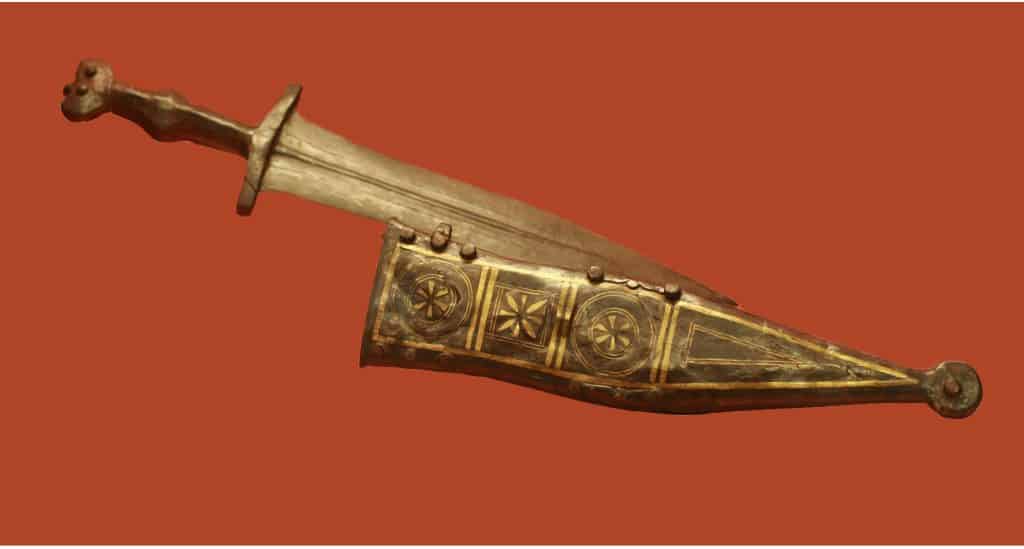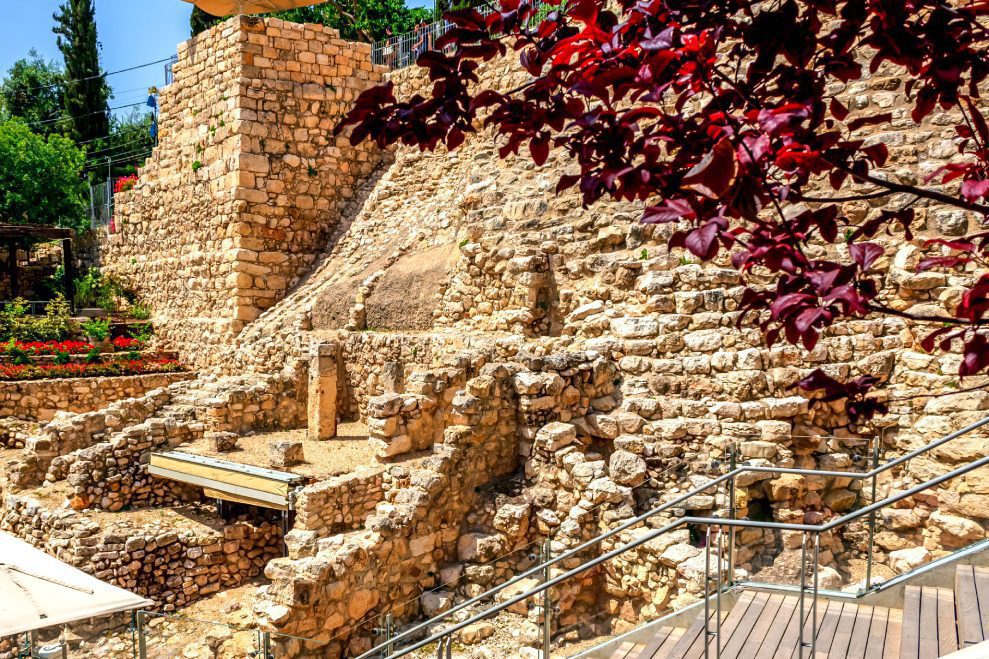The Roman Gladius is one of the most iconic weapons in history, renowned for its efficiency, versatility, and crucial role in the expansion of the Roman Empire. With its distinctive design, this short sword played a pivotal role in shaping the destiny of Rome.
The Gladius – Design and Features:
Blade: The sword featured a double-edged, straight blade with a distinctive taper towards the point. Its length typically ranged from 18 to 24 inches (45 to 60 cm). This design allowed for quick and precise thrusting attacks while maintaining cutting capability.
Israel Museum Tour

Hilt: The hilt of the Gladius was characterized by a short, straight grip made from wood or bone, capped with a rounded pommel. The guard (known as the “guardia”) protected the hand, and the grip allowed for a secure hold, even in close combat.
Usage: The sword was primarily a thrusting weapon designed for stabbing motions in close combat. Its balanced design made it equally effective for slashing attacks when necessary.
The Weapons of the Roman Army

Crdit: MatthiasKabel, CC BY-SA 3.0, via Wikimedia Commons
Historical Significance:
Roman Legions:
The sword was the standard-issue weapon for Roman legionaries, making it a symbol of Roman military might. It was a key element in the tactics employed by Roman infantry, known for their disciplined and organized formations.
Conquest:
The Gladius was crucial in Rome’s expansion across Europe, North Africa, and the Middle East. Armed with the Gladius, Roman soldiers formed the backbone of the legions that conquered vast territories and established the Roman Empire.
Roman Sword Unearthed in Jerusalem

Legacy:
Last, the influence of the Gladius extends beyond its military significance. Its design has inspired the development of various swords throughout history, and its legacy can still be seen in modern military and ceremonial blades.
Variations:
Over time, several variations of the Gladius emerged to suit different combat scenarios. Notable types include the Mainz Gladius, the Pompeii Gladius, and the Fulham Gladius, each with distinct blade shapes and lengths.
The Gladius Decline:
So as the Roman Empire evolved, did its military tactics and weaponry. The sword gradually gave way to longer swords and more advanced weapons. Last, by the 3rd century CE, the Gladius had largely fallen out of use.
Legacy:
So the Roman Gladius remains an enduring symbol of Roman martial prowess and engineering excellence. Its influence on sword design and its integral role in the rise of the Roman Empire continues to be subjects of fascination for historians, enthusiasts, and those captivated by the enduring legacy of ancient Rome.

